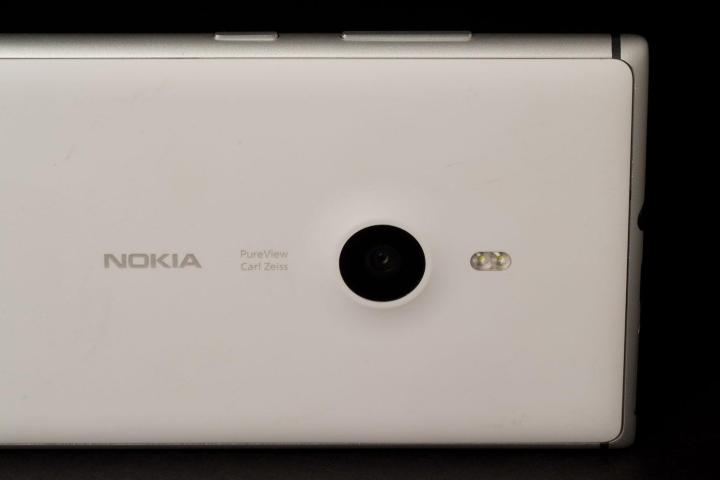
If you’re excitedly looking forward to the Lumia 1520’s launch, then be prepared to wait a little longer, as according to various new reports, Nokia has delayed its previously planned end of September event for later in October. Reuters initially said the get together had been shifted to a later date, before The Verge claimed it would be coming in mid-October. Now, Pocket-Lint says it has been informed the event will take place nearer the end of October, perhaps during the week beginning October 21.
It also says Nokia has altered the venue, deciding not to reveal the big-screen device in New York, but somewhere else. Nokia launched the Lumia 1020 in New York, however in the past it has also held events in London. Perhaps, as this will almost certainly be the final major press event for Nokia – at least where new mobile hardware is announced – it’ll want to hold it in its home country of Finland.
The reason for the delay isn’t known, and while some speculate it may be due to Microsoft’s recent acquisition of the firm, we wonder if it’s to do with the Windows Phone GDR3 update. It’s likely to be essential to the Lumia 1520, as it should bring support for quad-core processors and full HD screen resolutions to Microsoft’s OS. If it’s not quite ready for the public, then Nokia won’t be able to announce the phone. The GDR3 update hasn’t been officially detailed by Microsoft, and it doesn’t have a final release date.
We’ve been expecting the Lumia 1520 for a while, and if the rumors are correct, it’ll sport a 6-inch, 1080p display and a quad-core processor, making it the largest, most powerful Windows Phone device released. It’s not only the Lumia 1520 which has been affected by the delay, as Nokia could also out its much-discussed Windows tablet at the same event. We’ll bring you any updates on the phone, tablet, and Nokia’s event plans as they happen.




